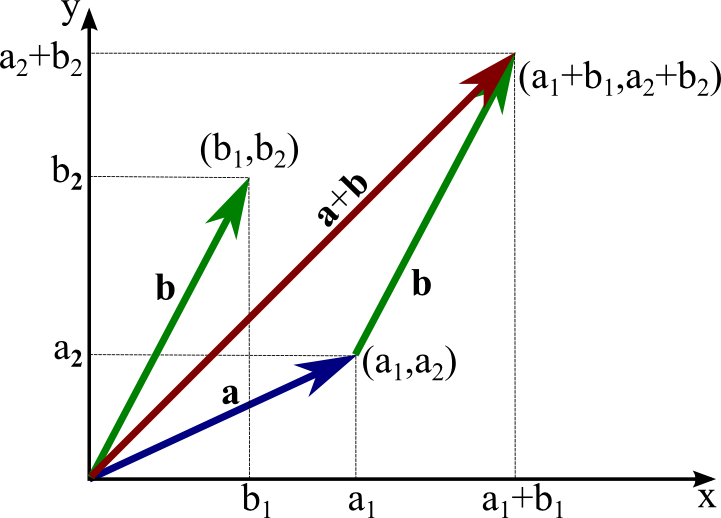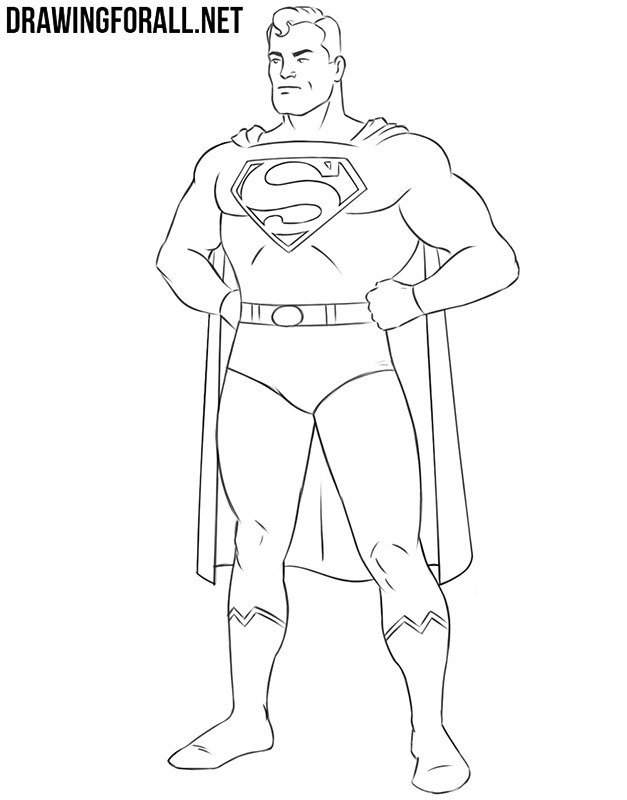Magnitude argument
Table of Contents
Table of Contents
If you’re someone who loves mathematics and physics, you must have come across the term “vectors” in your academic journey. Drawing vectors can be a challenging task, especially if you don’t know the basics. In this article, we’ll guide you through how to draw vectors step-by-step.
The problems encountered during drawing vectors
The foremost challenge faced during drawing vectors is to understand how to represent and understand the magnitude and direction of the vector. While some students may find it easy to represent the direction, they might struggle with the magnitude. Others may face difficulties with drawing vectors at an angle or on a coordinate plane.
Steps to draw vectors
Before starting to draw vectors, one must have a clear idea about what the vector represents, its direction, and magnitude. A vector is drawn as an arrow with its tail starting from the origin and the arrowhead representing the final point.
Step 1: Draw a directed line segment; the length of the directed segment represents the magnitude of the vector.
Step 2: Mark an arrowhead. This point represents the direction of the vector.
Step 3: Mark the tail of the vector. This point should coincide with the starting point of the directed line segment.
Step 4: Label the vector with a small letter and put an arrow on top of it to indicate that it’s a vector.
Using these steps, you can successfully draw any vector.
Main points to consider while drawing vectors:
Before setting out to draw vectors, keep in mind the following key points:
- The starting point of the vector is the tail of the arrow.
- The endpoint of the vector is the arrowhead.
- The arrow’s length depicts the magnitude of the vector.
- The arrow’s direction represents the direction of the vector.
My experience with drawing vectors
It was during my high school days when I was introduced to vectors. Initially, I found it hard to grasp the concept of representing the magnitude and direction in a single entity. However, with the help of my teacher, I understood the basic steps to draw vectors. Practicing over time made me a pro in drawing vectors, and it’s now like second nature to me.
Vectors on a coordinate plane
When drawing vectors in a coordinate plane, the same principles apply, but it’s important to plot the starting and end points correctly. The starting point must coincide with the origin point, and the arrowhead must be placed on the endpoint.
 Drawing vectors at an angle
Drawing vectors at an angle
Drawing vectors at an angle requires a bit more attention to detail when using the initial steps. Before adding the arrowhead to represent the direction, draw a line perpendicular to the starting line. Following this, complete the remaining steps to draw the vector.
 ### Adding and subtracting vectors
### Adding and subtracting vectors
It’s important to know how to add and subtract two vectors.
The addition of two vectors is performed by aligning the second vector’s tail with the first vector’s head and drawing a line between the first tail and the second head. The final arrow’s initial and final point represents the two vectors’ addition.
To subtract vectors, we reverse the direction of the subtracting vector and add them as shown in the example below:
 #### Scaling vectors
#### Scaling vectors
Scaling vectors involves multiplying the vector’s magnitude by a constant.
For example, consider a vector that starts at point A (2,3) and ends at point B (6, 9). The vector can be scaled by a factor of 2 by doubling its magnitude, resulting in the vector starting at point A (2, 3) and ending at point C (10, 15).
Question and Answer
Here are a few commonly asked questions regarding drawing vectors:
Q1. Can vectors be drawn on a polar coordinate plane?
Yes, vectors can be drawn on a polar coordinate plane.
Q2. How can I represent a negative vector?
To represent a negative vector, draw the vector in the opposite direction.
Q3. What is a unit vector?
A unit vector is a vector with a magnitude of 1.
Q4. Is it possible to draw vectors in three-dimensional space?
Yes, vectors can be drawn in three-dimensional space. In 3D, vectors are represented by arrows with their tails on the origin point.
Conclusion of how do you draw vectors
Drawing vectors can be challenging initially, but with practice and attention to detail, it is possible to master. Remember to always pay attention to the magnitude and direction of the vector and follow the steps we’ve discussed in the article.
Gallery
Vector: Properties, Types And Characteristics ~ Microbiology Notes

Photo Credit by: bing.com / pbr322 microbiology
Question Video: Finding The Magnitude Of A Vector From Its Argument And

Photo Credit by: bing.com / magnitude argument
How Do You Add Vectors Graphically - Rick Sanchez’s Addition Worksheets

Photo Credit by: bing.com / graphically grapher resultant vectorified
Image Gallery Mathematical Vector Addition

Photo Credit by: bing.com / vector math vectors two add coordinates cartesian 2d addition coordinate python calculus adding dimensional system physics three plane geometry plotting
Vectors | Ap Physics, Physics, Physics And Mathematics

Photo Credit by: bing.com /





